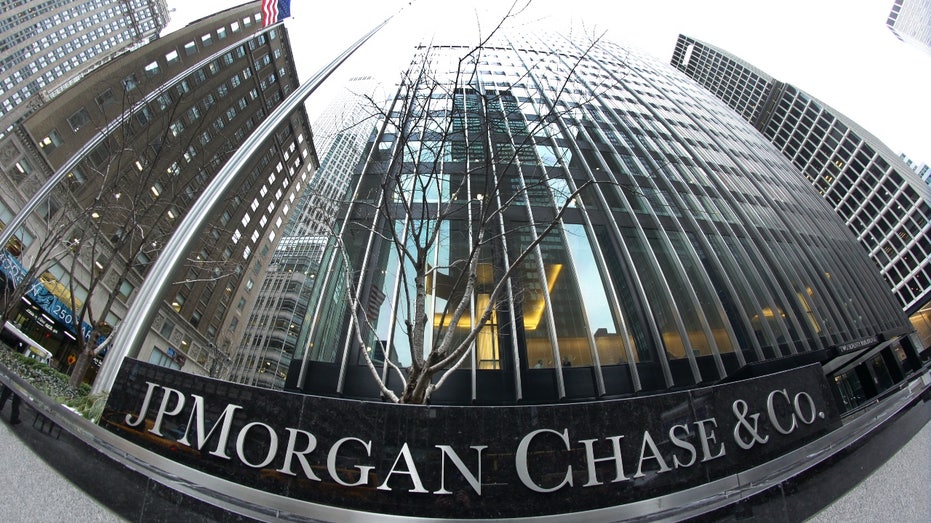Investors have plowed more than $900 billion into U.S. exchange-traded funds so far this year.
Investors are putting more money than ever into exchange-traded funds, and Washington just took a step that all but ensures the billions will keep flowing.
U.S.-listed ETFs have taken in a net $917 billion through Sept. 29, according to FactSet. If that pace holds during the fourth quarter, when inflows tend to pick up, it will be the market’s second straight record year. In 2024, ETFs added $1.1 trillion.
ETFs, which trade like individual stocks and boast certain tax advantages over mutual funds, emerged in the 1990s as a cheap and efficient way to keep up with gains in the broader stock market. This year, bullish and cash-rich investors—and their interest in investment strategies that go beyond plain-vanilla index-tracking funds—have helped drive record flows, according to analysts.
A new regulatory development could be the next major tailwind. On Monday, the Securities and Exchange Commission said it intends to grant so-called exemptive relief to Dimensional Fund Advisors to offer funds with dual-share classes—meaning that Dimensional could add an ETF share class to an existing mutual fund.
WEALTHY INVESTORS USE ETFS TO CATCH HOT TRENDS
Industry executives expect the SEC to approve other dual-share structures, potentially opening the floodgates for more money to swap from mutual funds to their more tax-efficient cousin.
ETFs have pulled market share from mutual funds for years thanks to several structural advantages. But a longtime mutual-fund holder sitting on large unrealized gains would need to pay taxes to swap fund wrappers. That is set to change.
“The way that we’ve applied for exemptive relief means that investors can convert from the mutual-fund share class to the ETF share class in a tax-free way,” said Gerard O’Reilly, co-chief executive at Dimensional Fund Advisors. “This is a big deal.”
ONE ETF LEADER PLAYS WNBA OPPORTUNITIES
The dual-share class model was invented and patented by Vanguard Group in the early 2000s, and Dimensional was the first of dozens of asset managers to apply when the patent expired in 2023.
Dual-share class or not, the ETF market has been on fire in 2025. Total assets in U.S. ETFs swelled to a record $12.19 trillion at the end of August, up from $10.35 trillion at the end of last year, according to the data provider ETFGI.
Vanguard’s S&P 500 ETF
.
Two familiar names are on top of the fund flow leaderboard: Vanguard’s S&P 500 ETF, known by its ticker, VOO, and BlackRock’s iShares Core S&P 500 ETF, whose ticker is IVV. These index funds, along with a similar offering from State Street, have combined for almost $140 billion in net inflows this year through late September, or close to $1 billion a trading day.
| Ticker | Security | Last | Change | Change % |
|---|---|---|---|---|
| BLK | BLACKROCK INC. | 1,161.06 | +20.70 | +1.82% |
| SST | SYSTEM1 INC | 7.66 | +0.53 | +7.43% |
Some of the fastest-growing segments are relatively exotic. BlackRock continues to rake in money with its iShares Bitcoin Trust ETF (ticker: IBIT), which tracks the price of bitcoin. Launched in early 2024, IBIT is the fastest-growing ETF of all time. BlackRock generates more revenue from the fund than all of its larger offerings, thanks to a modestly higher 0.25% annual fee. The fund has taken in nearly $24 billion this year, putting it fifth among all ETFs.
NYC’S FINANCIAL GIANTS SEEKING NEW CITIES
iShares Bitcoin Trust ETF
.
Also popular are some relatively new strategies focused on damping the effects of stock volatility and producing dividend income. Popular offerings include funds from J.P. Morgan Asset Management that invest in large-cap stocks while also selling options contracts on those shares to generate higher-dividend income than is typical in a stock fund. While the funds can damp the effects of volatility, they can also miss out on some gains when markets are going up fast.

Derivative-based strategies also include so-called structured-protection funds, which insulate investors from a set amount of losses—in some cases up to 100%—while capping potential gains.
Such strategies have grown more popular as financial advisers work to achieve specific outcomes and risk levels as their baby-boomer clients, part of the wealthiest generation in history, retire en masse.
“We’re starting to see more and more advisers moving away from the traditional 60/40 portfolio,” said Matt Kaufman, head of ETFs at Calamos Investments, referring to the strategy of investing 60% in stocks and 40% in bonds. “They’re moving a lot more into alternative strategies, both for risk management and for income.”
Funds that employ options or other types of derivatives are considered actively managed. Once a tiny segment of the ETF market, active funds have boomed in recent years after a SEC rule change in 2019 made them easier to launch.
Issuers have rushed to cash in with fund launches. While most assets are still in passive funds, the number of active ETFs surpassed the number of passive funds for the first time in June.
While active ETFs now make up close to 10% of the market’s assets, they took in 37% of the year’s total inflows through July, according to Morningstar.
“Active funds provide a lot of really cool tools to provide the level of customization that clients want,” said Brett Sheely, head of ETF specialists at AllianceBernstein. “We’re seeing real demand for that, and obviously it’s showing up in the flows.”
Write to Jack Pitcher at [email protected]
Copyright ©2022 Dow Jones & Company, Inc. All Rights Reserved. 87990cbe856818d5eddac44c7b1cdeb8
Appeared in the October 2, 2025, print edition as ‘The Torrent of Inflows to ETFs Is Showing No Sign of Stopping.’
Document WP-WSJ-0002986244
Read the full article here















